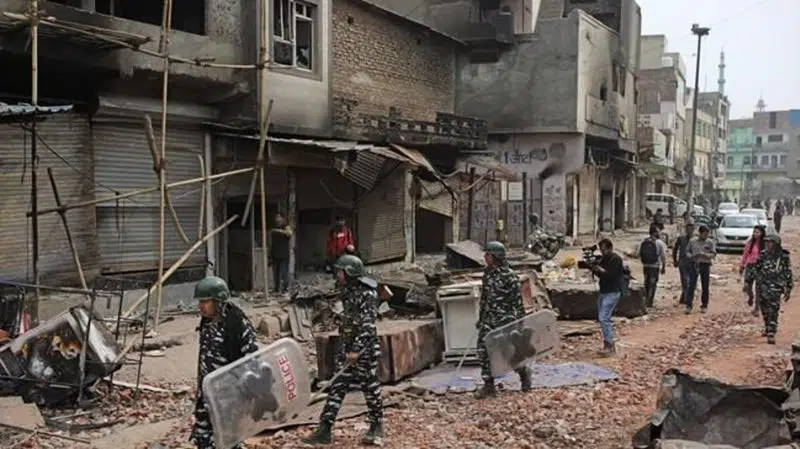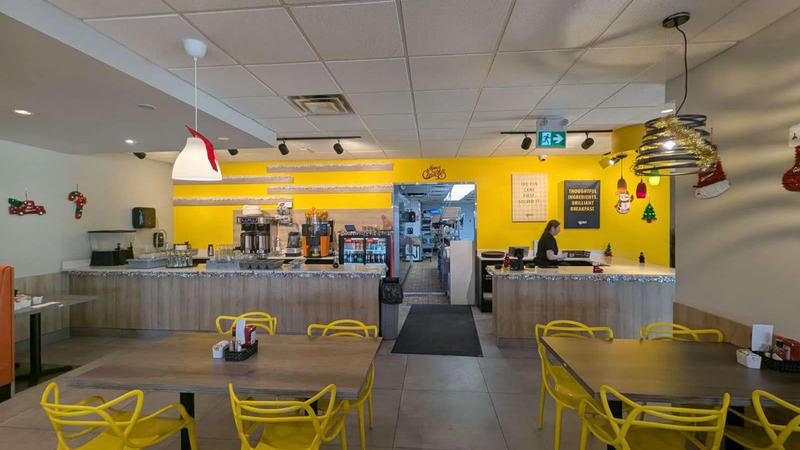
Attacks on Indian journalists highlight growing intolerance
NEW DELHI — Reporting in India has never been without its risks, but journalists say attacks on the media during last week’s deadly communal riots between Hindus and Muslims in New Delhi show the situation is deteriorating.
One reporter was shot and survived, another had his teeth knocked out, and many more said Hindu mobs demanded proof of religion and tried to keep them from documenting vandalism and violence that included people attacking one another with axes, swords, metal pipes and guns.
Authorities have yet to provide an official account of what sparked the 72-hour clash that left 42 people dead and hundreds wounded, though tensions between Hindus and Muslims have been building for months over a new citizenship law. Nor have they addressed journalists’ allegations that they were singled out by Hindu mobs.
But experts and journalists say the attacks on reporters covering the riots — and censorship of critical content in the aftermath of the violence — are a sign of growing intolerance for independent reporting in India under Prime Minister Narendra Modi’s Hindu-nationalist led government.


